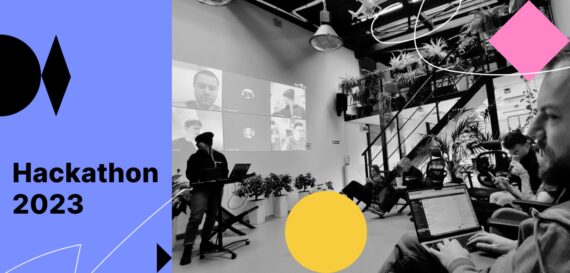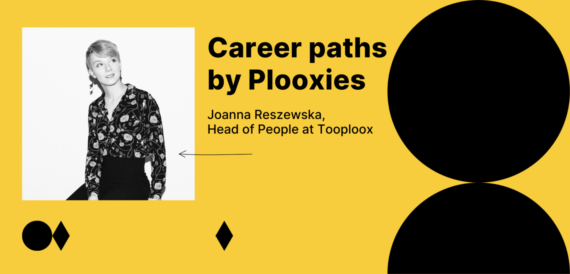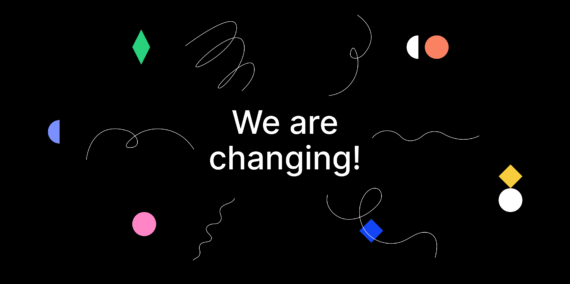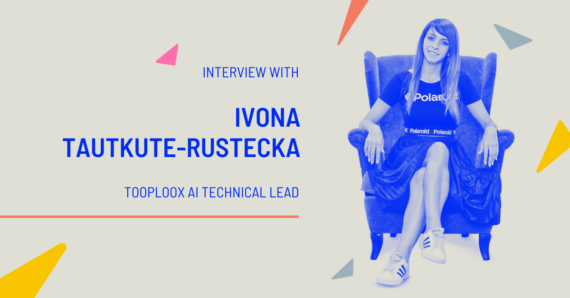
Happiness at Work Conference
Many companies try and fail because they focus on the wrong things. Some of the best answers can be found in the science of happiness – a fascinating field with research being carried all over the world. As studies show, it is not the perks or benefits that make employees happy, what is it then? To find out, we went to Copenhagen, Denmark.
For many years now polls have shown the Danes as the happiest people on the planet. Up to 98 percent of them have an internal sense of well-being. One of the main reasons for the welfare of Danish people is the caretaker society that undermines the level of uncertainty and stress. Danes live in a civic society, they trust each other, create warm and cozy places, relaxing and cordial relationships. They meet friends and family which makes them feel safe. Sigmund Freud stated: the happiness is love plus work, and he was totally right as all the tests confirm that. Love, a cordial relationship with people we can depend on, and taking care of things brings the high quality of lives. Thanks to this love, we become refreshed, vibrant and happy. Danes have their hygge that’s already known all over the world. It is the philosophy of striving daily for happiness, appreciation of simple everyday pleasures, enjoyment and consolidation of happiness on an ordinary day.
Copenhagen, as a capital city is one of the most happy countries in the world was the perfect place to organize the Conference of dealing about Happiness at Work. The country and venue were not a coincidence at all. It was the first international edition with 200 participants from 19 countries from all over the world. The youngest participant was 6 weeks old 🙂
We had the pleasure to take part in the Conference itself and the whole day of workshops.
Conference
The annual Conference on Happiness at Work organised by Woohoo Inc. has two traditions: perfect, sunny weather and energetic and ambitious participants. Luckily, this time it was no different 🙂
The whole conference tagline was the word arbejdsglæde (ah-bites-gleh-the) which means work happiness. So if you would have to learn one danish word, let it be this one
The majority of the talks were about leading big corporations, therefore not every idea and solution can be applied at Tooploox.
Helle Hein, who holds a phD from the Copenhagen Business School, offered an interesting input on talent motivation. She came up with four archetypes based on the studies – each of them are motivated by different factors. Are you a primadonna or a pragmatist? Apparently everyone can be classified as one archetype or another. Hein emphasized, how important it is to know what makes a certain employee tick. As we know, a good approach can help bring out the best of people.
Camilla Kring, the founder of Super Navigators told us more about flexibility and work-life balance, while Luis Gallardo (former Global CMO at Deloitte) touched on the subject of boosting company’s branding with happiness. Rowan Manahan presented his journey of finding happiness at work. His humorous speech, full of positive attitude towards life despite the depressive weather (he lives in rainy Ireland) showed that outer factors are not the contraindications of being happy.
Speakers such as Thomas Vibe Hansen (CHO at Ageras), Mette Hybschmann (HR McDonald’s Denmark) and Michael Lindgaard Hedemann (Middelfart Sparekasse) shared their stories about creating a employee-focused environment and how it helped their businesses to grow. We especially liked Tim Dorsett’s presentation who is the Events Pro-Juicer at Innocent Drinks (they make yummy smoothies). Do you remember a story about a stapler that “traveled” around the world? Yes, well it was Innocent Drinks! Tim’s philosophy is to “help people work better and go home happier”. Short and sweet. All of this because (as it was constantly repeated by all speakers) happy employees = happy business = happy consumers -> more money.
Workshops
On the second day we attended three workshops which covered in details what is the difference between job satisfaction and happiness at work. It also underlined the importance of company culture and employee experience. This was an excellent occasion to share our experiences and ideas with other participants and ask about specific issues.

The first workshop was lead by Gea Peper and Heleen Mes, the founders of Happiness Bureau, who introduced us to the concept of Great Employee Experience. Most of the companies focus mainly on their customers and how to make sure they are happy and forget about their employees. But as the studies showed, companies do better and are more profitable when they care about their employees. Richard Branson nailed it when he said that “Clients do not come first. Employees come first. If you take care of your employees, they will take care of the clients”.
The Employee Experience starts from the moment the company posts a job ad and ends when one of its employees leave. It involves creating a place where employees like to be in, where they can use and develop their skills and where they feel valued and appreciated. The workshop ended with a game where we had to discuss in groups solutions to specific office problems such as “your boss doesn’t have time for you, what do you do?”. Hmm, apparently giving him a chocolate is one way of dealing with it 🙂
Two other workshops covered in more detail the scientific aspect of happiness at work and the role the companies’ leaders play in making their employees happy. Two experts in these fields – Alexander Kjerulf and Arlette Bentzen – expanded their conference talks and presented hard facts and statistics about the importance of happiness at work. What does and what doesn’t make people happy at work? But first the bad news. Did you know that 2/3 employees from other-than-Danish countries have at least one bad day a week?

Both speakers showed how other companies deal with the concept of happiness at work and what solutions they implemented to make sure their employees leave work with smiles on their faces. The key to success is Results and Relationships. Alex explained Daniel Kahneman’s (yes, THIS Daniel Kahneman – isn’t he awesome?) hybrid model of happiness. Arlette gave a talk about leadership and what bosses can do to make their employees flourish. Apparently, leadership is the number one factor that makes people happy (or unhappy) at work. It is the leaders most important task.
We left with new knowledge about happiness at work and we were given precise tools we can use right away to make Tooploox employees happier.
Key takeaways
- Studies show that happiness at work may be the most important success factor for a modern workplace and that happy companies make more money!
- Happiness at work is one of the 3 most important sources of happiness in life.
- Happiness at work is the best antidote to stress. Stress doesn’t necessarily come from working too much but from feeling bad while you work.
- Increasing employee happiness dramatically reduces absenteeism and employee turnover.
- In all the world, only the Scandinavian languages have a widely used word for happiness at work. In Danish the word is arbejdsglaede.
- Your happiness at work is your responsibility. Not your boss’s, not your co-workers’ and not society’s. Yours.
- Your boss and your workplace are responsible for creating a setting and culture where it’s easy to be happy at work.
- Happiness at work doesn’t only come from the organization’s policies, strategies, plans or values. It comes from the things that you and I do here and now.
- Happiness at work doesn’t come from raises, bonuses or perks. It comes from two things: Results and Relationships, ie. doing great work together with great people.
- Happiness at work doesn’t just happen. It takes a focused, long-term effort from management and employees together.
The city of Copenhagen
Copenhagen was undoubtedly clean, full of bicycles a city with amazing atmosphere and people. People were smiling, always willing to help and explain the history and the way to exceptional places in the city
We had the whole day after the Conference for sightseeing. We discovered the most famous places like Nyhavn, Little Mermaid Statues (it is really little :)) , amazing Tivoli Gardens at night, nice palaces and castles, hippie district Christiania, Botanical Garden but we also found those not so obvious and well-know places. Hungry in Copenhagen? Try Pulled duck burger on the Paper Island which is a famous meeting place full of street food and variety of cuisines all around the world. Delicious!
If you are still wondering how happy employees look like….






